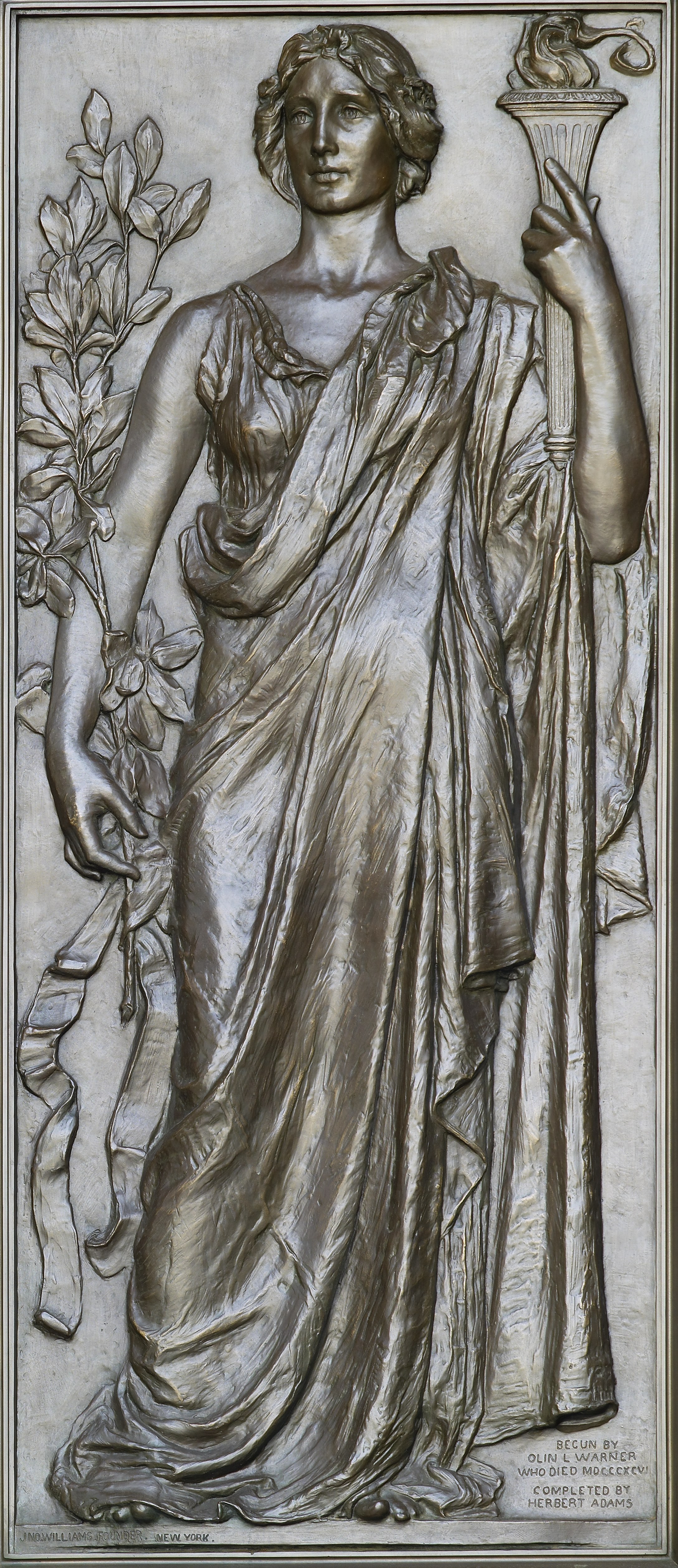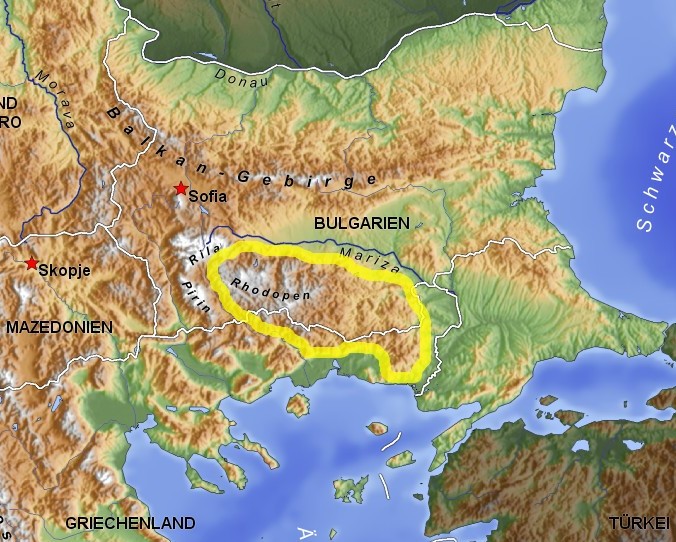|
Institute Of Astronomy Of The Bulgarian Academy Of Sciences
The Institute of Astronomy of the Bulgarian Academy of Sciences is a leading Bulgarian research facility in the field of astronomy and astrophysics, located in Sofia, Bulgaria. The institute co-operates closely with the other two institutions involved in the same field of research in the country - the Department of Astronomy at the Faculty of Physics of Sofia University and the Astronomical centre at the Faculty of Natural Sciences of Shumen University. It owns and operates the Bulgarian National Rozhen Observatory located at an altitude of 1750 m in the Rhodopi mountains in south Bulgaria, as well as the Belogradchik Observatory situated at 650 m at the foot of the Western Balkan Mountains in north-west Bulgaria. The institute was inaugurated in 1958 as an independent section of the larger Institute of Physics of the Bulgarian Academy of Sciences The Bulgarian Academy of Sciences (abbreviated BAS; bg, Българска академия на науките, ''Balgarska ... [...More Info...] [...Related Items...] OR: [Wikipedia] [Google] [Baidu] |
Bulgarian Academy Of Sciences
The Bulgarian Academy of Sciences (abbreviated BAS; bg, Българска академия на науките, ''Balgarska akademiya na naukite'', abbreviated ''БАН'') is the National Academy of Bulgaria, established in 1869. The Academy, with headquarters in Sofia, is autonomous and consists of a Society of Academicians, Correspondent Members and Foreign Members. It publishes and circulates different scientific works, encyclopaedias, dictionaries and journals, and runs its own publishing house. The activities are distributed in three main branches: ''Natural, mathematical and engineering sciences''; ''Biological, medical and agrarian sciences'' and ''Social sciences, humanities and art''. They are structured in 42 independent scientific institutes, and a dozen of laboratories and other sections. Julian Revalski has been the president of the BAS since 2016. As of 2021, its budget was 117,8 million leva (€60,2 million). History As Bulgaria was part of the Ottoman E ... [...More Info...] [...Related Items...] OR: [Wikipedia] [Google] [Baidu] |
Bulgaria
Bulgaria (; bg, България, Bǎlgariya), officially the Republic of Bulgaria,, ) is a country in Southeast Europe. It is situated on the eastern flank of the Balkans, and is bordered by Romania to the north, Serbia and North Macedonia to the west, Greece and Turkey to the south, and the Black Sea to the east. Bulgaria covers a territory of , and is the sixteenth-largest country in Europe. Sofia is the nation's capital and largest city; other major cities are Plovdiv, Varna and Burgas. One of the earliest societies in the lands of modern-day Bulgaria was the Neolithic Karanovo culture, which dates back to 6,500 BC. In the 6th to 3rd century BC the region was a battleground for ancient Thracians, Persians, Celts and Macedonians; stability came when the Roman Empire conquered the region in AD 45. After the Roman state splintered, tribal invasions in the region resumed. Around the 6th century, these territories were settled by the early Slavs. The Bulg ... [...More Info...] [...Related Items...] OR: [Wikipedia] [Google] [Baidu] |
Research
Research is "creative and systematic work undertaken to increase the stock of knowledge". It involves the collection, organization and analysis of evidence to increase understanding of a topic, characterized by a particular attentiveness to controlling sources of bias and error. These activities are characterized by accounting and controlling for biases. A research project may be an expansion on past work in the field. To test the validity of instruments, procedures, or experiments, research may replicate elements of prior projects or the project as a whole. The primary purposes of basic research (as opposed to applied research) are documentation, discovery, interpretation, and the research and development (R&D) of methods and systems for the advancement of human knowledge. Approaches to research depend on epistemologies, which vary considerably both within and between humanities and sciences. There are several forms of research: scientific, humanities, artistic, econ ... [...More Info...] [...Related Items...] OR: [Wikipedia] [Google] [Baidu] |
Astronomy
Astronomy () is a natural science that studies astronomical object, celestial objects and phenomena. It uses mathematics, physics, and chemistry in order to explain their origin and chronology of the Universe, evolution. Objects of interest include planets, natural satellite, moons, stars, nebulae, galaxy, galaxies, and comets. Relevant phenomena include supernova explosions, gamma ray bursts, quasars, blazars, pulsars, and cosmic microwave background radiation. More generally, astronomy studies everything that originates beyond atmosphere of Earth, Earth's atmosphere. Cosmology is a branch of astronomy that studies the universe as a whole. Astronomy is one of the oldest natural sciences. The early civilizations in recorded history made methodical observations of the night sky. These include the Babylonian astronomy, Babylonians, Greek astronomy, Greeks, Indian astronomy, Indians, Egyptian astronomy, Egyptians, Chinese astronomy, Chinese, Maya civilization, Maya, and many anc ... [...More Info...] [...Related Items...] OR: [Wikipedia] [Google] [Baidu] |
Astrophysics
Astrophysics is a science that employs the methods and principles of physics and chemistry in the study of astronomical objects and phenomena. As one of the founders of the discipline said, Astrophysics "seeks to ascertain the nature of the heavenly bodies, rather than their positions or motions in space–''what'' they are, rather than ''where'' they are." Among the subjects studied are the Sun, other stars, galaxies, extrasolar planets, the interstellar medium and the cosmic microwave background. Emissions from these objects are examined across all parts of the electromagnetic spectrum, and the properties examined include luminosity, density, temperature, and chemical composition. Because astrophysics is a very broad subject, ''astrophysicists'' apply concepts and methods from many disciplines of physics, including classical mechanics, electromagnetism, statistical mechanics, thermodynamics, quantum mechanics, relativity, nuclear and particle physics, and atomic a ... [...More Info...] [...Related Items...] OR: [Wikipedia] [Google] [Baidu] |
Sofia
Sofia ( ; bg, София, Sofiya, ) is the Capital city, capital and List of cities and towns in Bulgaria, largest city of Bulgaria. It is situated in the Sofia Valley at the foot of the Vitosha mountain in the western parts of the country. The city is built west of the Iskar (river), Iskar river, and has many mineral springs, such as the Sofia Central Mineral Baths. It has a humid continental climate. Being in the centre of the Balkans, it is midway between the Black Sea and the Adriatic Sea, and closest to the Aegean Sea. Known as Serdica in Late antiquity, Antiquity and Sredets in the Middle Ages, Sofia has been an area of List of oldest continuously inhabited cities, human habitation since at least 7000 BC. The recorded history of the city begins with the attestation of the conquest of Serdica by the Roman Republic in 29 BC from the Celtic settlement of Southeast Europe, Celtic tribe Serdi. During the decline of the Roman Empire, the city was raided by Huns, Visigoths, P ... [...More Info...] [...Related Items...] OR: [Wikipedia] [Google] [Baidu] |
Sofia University
Sofia University, "St. Kliment Ohridski" at the University of Sofia, ( bg, Софийски университет „Св. Климент Охридски“, ''Sofijski universitet „Sv. Kliment Ohridski“'') is the oldest higher education institution in Bulgaria. Founded on 1 October 1888, the edifice of the university was constructed between 1924 and 1934 with the financial support of the brothers Evlogi Georgiev and Hristo Georgiev (whose sculptures are now featured on its façade) and has an area of 18,624 m2 and a total of 324 premises. The university has 16 faculties and three departments, where over 21,000 students receive their education. The current rector is Anastas Gerdzhikov. It has been consistently ranked as the top university in Bulgaria according to national and international rankings, being constantly among the best four percent of world universities according to ''QS World University Rankings''. History The university was founded on 1 October 1888— ... [...More Info...] [...Related Items...] OR: [Wikipedia] [Google] [Baidu] |
Shumen University
The Constantine of Preslav University of Shumen ( Bulgarian: Шуменски университет „Епископ Константин Преславски“, ''Shumenski universitet „Episkop Konstantin Preslavski“'') in Bulgaria is named after Constantine of Preslav, the student of Saints Cyril and Methodius. Overview The university was founded as the Higher Pedagogical Institute with a decree of the State Council of the People's Republic of Bulgaria in 1971. In 1995 it was transformed into Constantine of Preslav University of Shumen. The Constantine of Preslav University of Shumen is one of five classical universities in Bulgaria. It has more than 7,000 students studying in about 100 bachelor's and master's degree programmes taught in five faculties: * Faculty of Humanities * Faculty of Mathematics and Informatics * Faculty of Natural Sciences * Faculty of Technical Sciences * Faculty of Education There is a college in Dobrich and Department for Information and In-se ... [...More Info...] [...Related Items...] OR: [Wikipedia] [Google] [Baidu] |
Rozhen Observatory
Rozhen Observatory ( bg, Национална астрономическа обсерватория - Рожен, ''НАО-Рожен''; en, National Astronomical Observatory - Rozhen, ''NAO-Rozhen''), also known as the Bulgarian National Astronomical Observatory, is an astronomical observatory, located in the Smolyan Province, 90 kilometers south of the city of Plovdiv, Bulgaria. The nearest town, Chepelare, is 15 kilometers away. The observatory is owned and operated by the Institute of Astronomy of the Bulgarian Academy of Sciences (BAS). It was officially opened on 13 March 1981, almost 20 years after Bogomil Kovachev – a professor of astronomy at BAS, known as its founder – had started working towards that goal. The Observatory is the largest in Southeastern Europe and has an active team of about 50 astronomers. It is the principal center for astronomical research in Bulgaria. The minor planet 6267 Rozhen, was discovered at, and named after the observatory. With its to ... [...More Info...] [...Related Items...] OR: [Wikipedia] [Google] [Baidu] |
Rhodope Mountains
The Rhodopes (; bg, Родопи, ; el, Ροδόπη, ''Rodopi''; tr, Rodoplar) are a mountain range in Southeastern Europe, and the largest by area in Bulgaria, with over 83% of its area in the southern part of the country and the remainder in Greece. Golyam Perelik is its highest peak at . The mountain range gives its name to the terrestrial ecoregion Rodope montane mixed forests that belongs in the temperate broadleaf and mixed forests biome and the Palearctic realm. The region is particularly notable for its karst areas with their deep river gorges, large caves and specific sculptured forms, such as the Trigrad Gorge. A significant part of Bulgaria's hydropower resources are located in the western areas of the range. There are a number of hydro-cascades and dams used for electricity production, irrigation, and as tourist destinations. In Greece, there are also the hydroelectric power plants of Thisavros and Platanovrysi. The Rhodopes have a rich cultural heritage includ ... [...More Info...] [...Related Items...] OR: [Wikipedia] [Google] [Baidu] |
Belogradchik Observatory
The Astronomical Observatory of Belogradchik or Belogradchik Observatory is an astronomical observatory owned and operated by the Institute of Astronomy of the Bulgarian Academy of Sciences. It is located near the town of Belogradchik in northwestern Bulgaria, at the foot of the Western Balkan Mountains. The other observatory operated by the same institute is the Rozhen Observatory. History Built in 1961 by a group of astronomy enthusiasts led by high school physics teacher and later chief assistant professor in Sofia University Hristo Kostov (1932-1982), Belogradchik Observatory became the first school observatory in Bulgaria. Official opening ceremony was held on 21.06.1965, by its first director Dr. Alexander Tomov (1930-2009), and was attended by much of Bulgarian leading astronomers - Acad. Nikola Bonev (1898-1979), Prof. Malina Popova (1922-2011), Prof. Tsvetan Bonchev, Assoc. Prof. Bogomil Kovachev, and already Chief Assist. Prof. Hristo Kostov. From 1964 till 1974 it was ... [...More Info...] [...Related Items...] OR: [Wikipedia] [Google] [Baidu] |
Balkan Mountains
The Balkan mountain range (, , known locally also as Stara planina) is a mountain range in the eastern part of the Balkan Peninsula in Southeastern Europe. The range is conventionally taken to begin at the peak of Vrashka Chuka on the border between Bulgaria and Serbia. It then runs for about , first in a south-easterly direction along the border, then eastward across Bulgaria, forming a natural barrier between the northern and southern halves of the country, before finally reaching the Black Sea at Cape Emine. The mountains reach their highest point with Botev Peak at . In much of the central and eastern sections, the summit forms the watershed between the drainage basins of the Black Sea and the Aegean. A prominent gap in the mountains is formed by the sometimes narrow Iskar Gorge, a few miles north of the Bulgarian capital, Sofia. The karst relief determines the large number of caves, including Magura, featuring the most important and extended European post-Palaeolithic ... [...More Info...] [...Related Items...] OR: [Wikipedia] [Google] [Baidu] |







